History of Haunted Houses: Responding to Halloween Havoc during the Great Depression
As we explore the history of haunted houses we need to look at the major historical events. The Great Depression, a period marked by economic hardship and societal upheaval, cast its shadow over various facets of American life, including the cherished tradition of Halloween. During this tumultuous time, parents found themselves increasingly concerned about the escalating mischief that unfolded on All Hallows’ Eve. Seeking to curb the chaos and keep their sons off the streets, they took matters into their own hands, organizing what would become known as “haunted houses” or “trails.”
From Mischief to Mayhem
Halloween had long been a night of revelry for both adults and children, perceived as a positive outlet for young men to blow off steam. However, the definition of mischief had evolved over the years, ranging from the innocent theft of neighbors’ gates to more audacious acts, such as stopping trains or pilfering headless corpses.
In 1879, approximately 200 boys in Kentucky brought a train to a halt by strategically placing a fake stuffed ‘body’ across the railroad tracks. In 1900, medical students at the University of Michigan escalated their Halloween pranks by stealing a headless corpse from the anatomy lab and propping it up against the building’s front doors. Despite the increasing severity of these antics, a prevailing boys’ craft guide of the time argued that the joy derived from these pranks far outweighed any potential consequences.
“This is the only evening on which a boy can feel free to play pranks outdoors without danger of being ‘pinched,’ and it is his delight to scare passing pedestrians, ring doorbells, and carry off the neighbors’ gates,” espoused the guide. Even if a boy had to retrieve the stolen gate from a tree where he left it, “the punishment is nothing compared with the sports the pranks have furnished him.”
However, there were those who viewed these activities as more than harmless fun, especially in the years leading up to the Great Depression. The economic disaster exacerbated the Halloween antics of young men, leading to increased public concern and anger. In 1933, parents were outraged when hundreds of teenage boys flipped over cars, sawed off telephone poles, and engaged in other acts of vandalism across the country. That year’s holiday earned the ominous designation of “Black Halloween,” reminiscent of the “Black Tuesday” that followed the stock market crash four years earlier.
Organizing Halloween Activities
Faced with mounting concerns and societal disarray, communities responded with a concerted effort to organize Halloween activities for young people. The objective was clear: channel their energy into positive and supervised outlets to prevent further havoc. The rise of organized trick-or-treating, parties, costume parades, and the emergence of haunted houses became crucial strategies in steering Halloween away from chaos.
Crafting a “Trail of Terror”
Guides and pamphlets from the era offer insights into how communities devised inventive ways to create haunted houses or “trails of terror.” The goal was not just to entertain but also to provide a controlled environment where young people could experience fear and excitement within safe boundaries.
“Hang old fur, strips of raw liver on walls, where one feels his way to dark steps,” advised a 1937 party pamphlet on how to create a “trail of terror.” “Weird moans and howls come from dark corners, damp sponges and hair nets hung from the ceiling touch his face… Doorways are blockaded so that guests must crawl through a long dark tunnel.” These early haunted houses laid the groundwork for the immersive and frightening experiences that would captivate future generations.
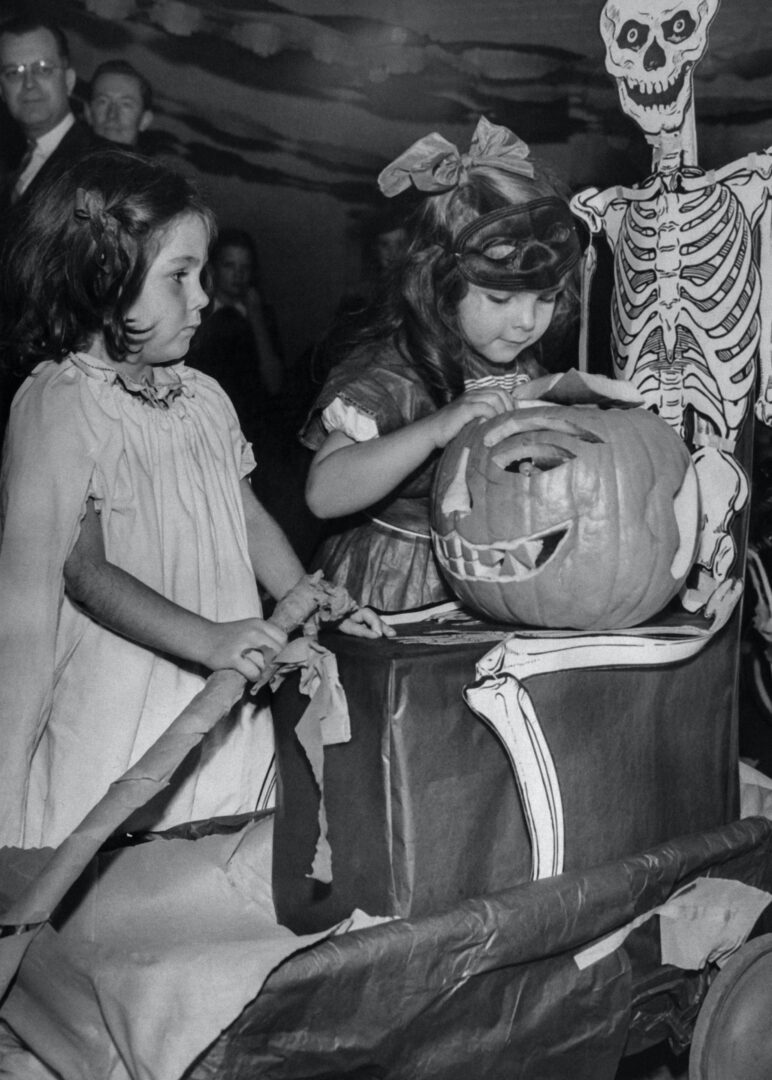
Building the History of Haunted Houses
While Halloween-themed haunted houses found their roots during the Great Depression, the concept of spooky public attractions had a precedent in Europe. The fascination with the macabre transcended borders, and haunted or spooky public attractions already had some history on the European continent.
Starting in the 1800s, Marie Tussaud’s wax museum in London featured a “Chamber of Horrors” that showcased decapitated figures from the French Revolution. This macabre exhibition hinted at society’s enduring fascination with the darker aspects of human history. In 1915, a British amusement ride manufacturer took the concept further by creating an early haunted house. Complete with dim lights, shaking floors, and demonic screams, this attraction marked a significant step in the evolution of haunted houses.
The history of haunted houses with fusion of historical American mischief and European fascination with the macabre laid the groundwork for the evolution of haunted houses into the immersive, high-tech experiences we know today.
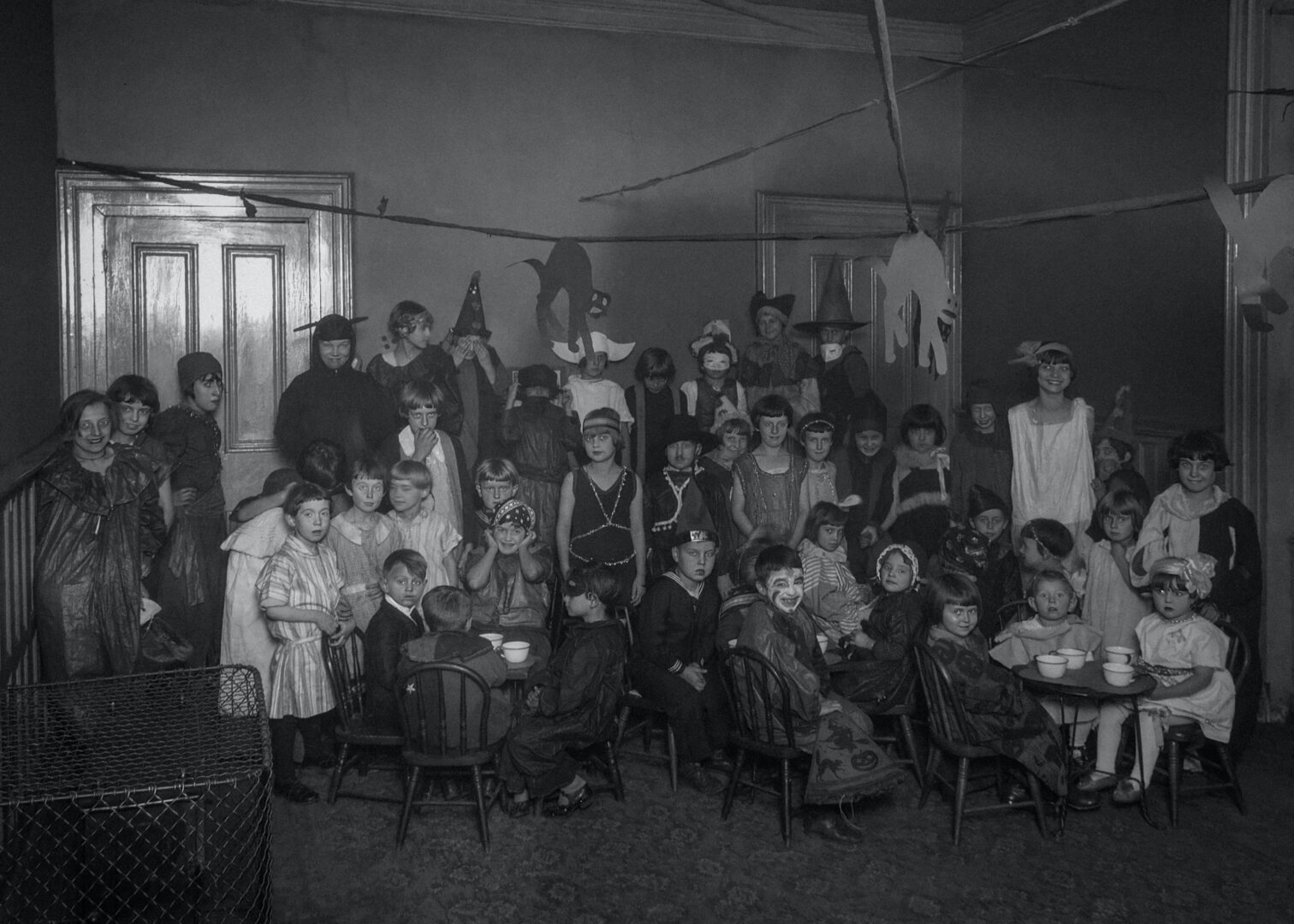
A Continuing Fascination with Fear
As haunted houses evolved from homemade displays to professional attractions, the appeal endured. The primal thrill of fear, the adrenaline rush, and the communal experience of confronting fears persisted through the decades. Haunted houses became synonymous with Halloween but transcended the spooky season, offering enthusiasts year-round opportunities to immerse themselves in the supernatural and the unknown.
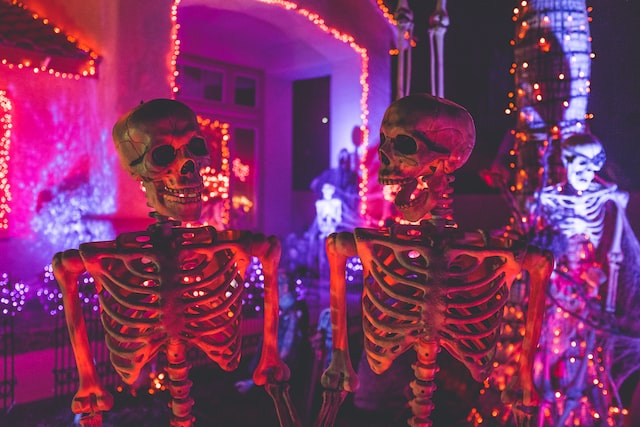
The history of haunted houses unfolds as a captivating tapestry, weaving its threads through the fabric of societal concerns, mischief, and a collective desire to transform chaos into organized fright. From the haunted trails of the Great Depression, where parents sought refuge from Halloween havoc to the high-tech spectacles of today, haunted houses have traversed time, leaving an indelible mark on our cultural landscape. The history of haunted houses tells a tale of evolution, from modest homemade displays to professional attractions that push the boundaries of fear. As we reflect on the history of haunted houses, we find a legacy that extends beyond the confines of All Hallows’ Eve, offering enthusiasts year-round opportunities to immerse themselves in the supernatural and the unknown. The history of haunted houses, a narrative entwined with primal thrills, adrenaline rushes, and communal experiences, beckons brave souls to step into the shadows and embrace the timeless thrill of the unknown.

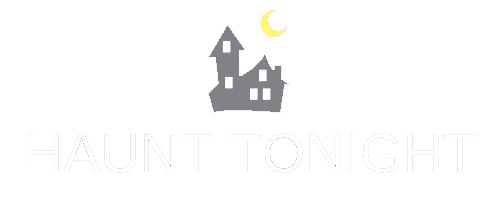

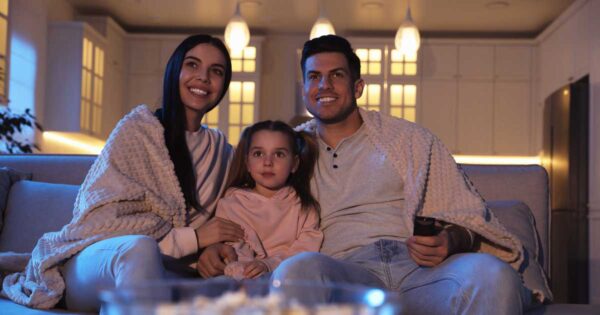

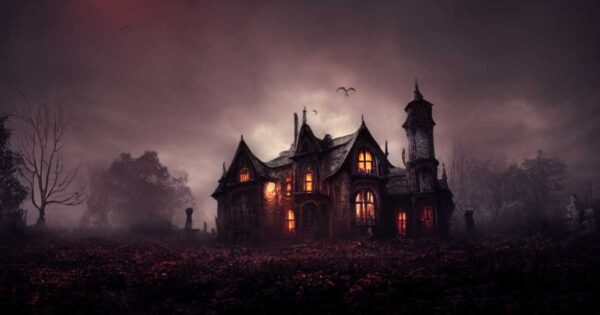
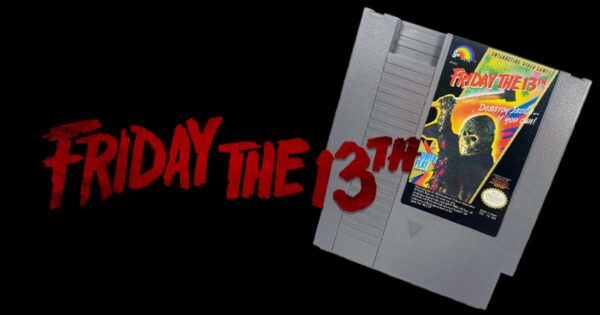








Add a comment